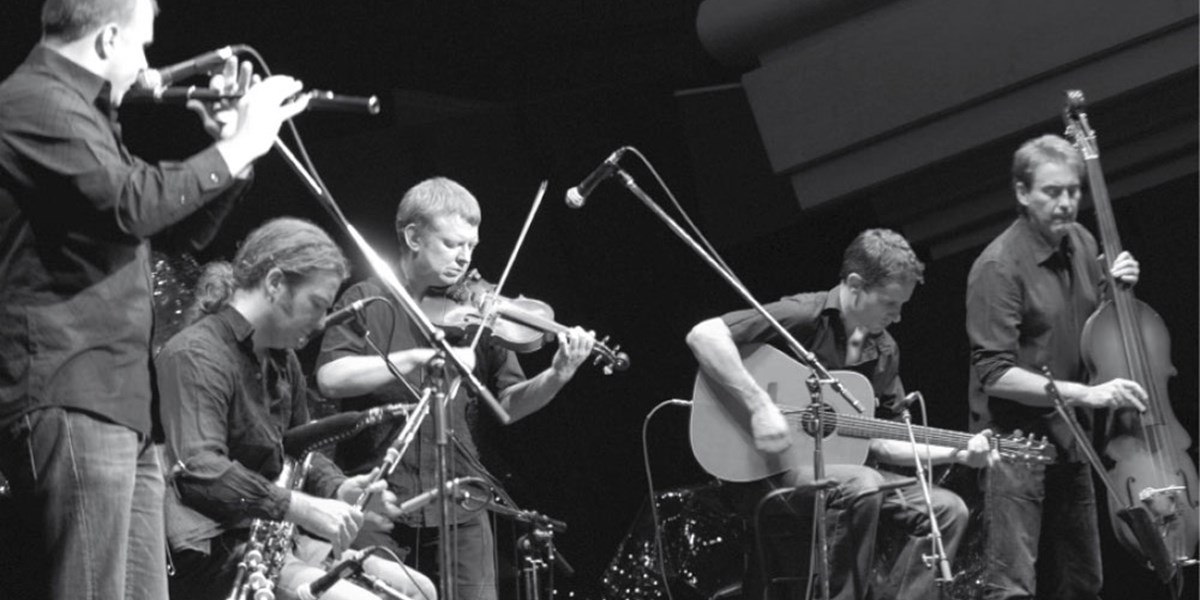Tuesday, July 17, 2018
The Rough Guide to World Music: Ireland
By Geoff Wallis
Ireland’s traditional music has some innate and elusive quality whose appeal has spread far beyond its shores

Lúnasa in Japan (photo: Lúnasa, 2006)

Register now to continue reading

Thanks for visiting the Songlines website, your guide to an extraordinary world of music and culture. Sign up for a free account now to enjoy:
- Free access to 2 subscriber-only articles and album reviews every month
- Unlimited access to our news and awards pages
- Our regular email newsletters

